Finally… A Foolproof Fish & Chips Recipe that brings the British Pub Classic right into your kitchen!
“Fish & Chips” is a classic British pub food that transcends borders and has captured the hearts and taste buds of countless people around the globe. Succulent fillets of fish, encased in a crispy golden batter, served alongside piping hot, perfectly cooked potato fries. Mmmm- It’s a match made in culinary heaven.
Anyone who is a true Fish and Chip lover knows that when ordering it out, disappointment is more common than satisfaction. It can almost become an obsession trying it over and over again, seeking out that perfect, crunchy bite that rarely is found. This beloved English classic has lost its way here in America, and has gone all wrong. But I was determined to figure out how to make it right.
And after testing countless fish & chip recipes, watching videos, and reading endless articles on the history of this British classic, I finally found the best fish & chips recipe that produces perfect results. If you can follow directions, you can make the best fish & chips in town!
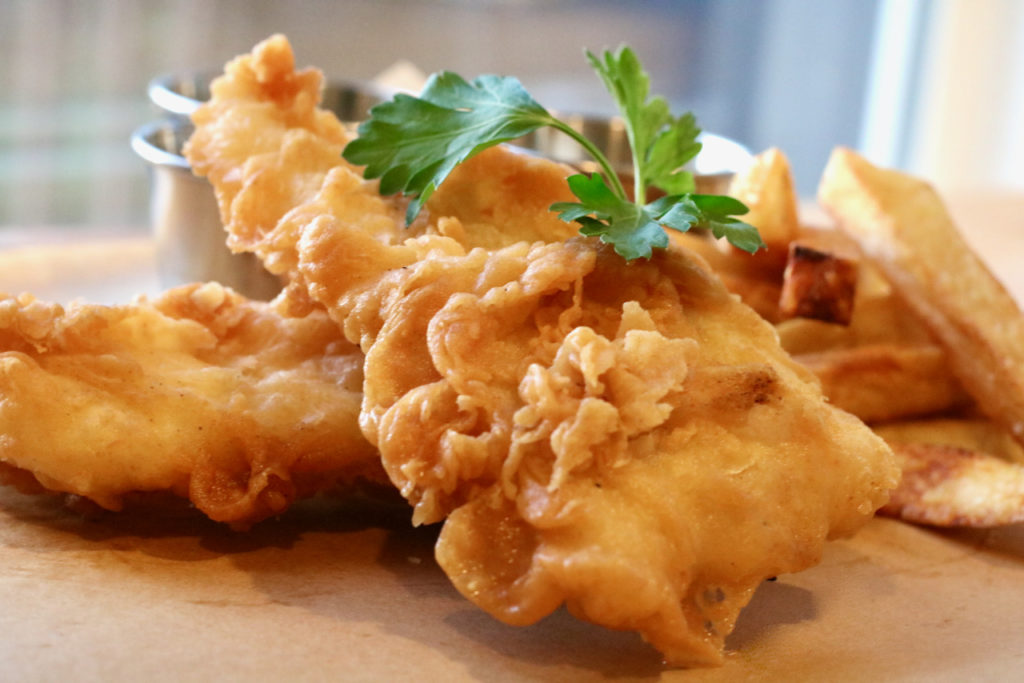
The batter is the secret to perfect Fish & Chips.
The best Fish and Chip recipe starts with a good, strong batter. The batter’s job is to encapsulate the fish to form a crust, allowing the fish to steam within the crust and never crack. If the batter is done well, no oil will ever penetrate the batter and have direct contact with the fish’s flesh. (When that happens, you get greasy, soggy fish.)
The batter mixture should be thin, yet tacky enough to cling to the fish. It needs seasoning, but not so much that it over powers the delicate flavor of the cod, or other white fish.
Once cooked, the batter should be very crispy and crunchy and not at all doughy. It should stick to the cooked fish when cutting through it, and not pull off and separate from the fish.
It should never, ever, ever be soggy or greasy.
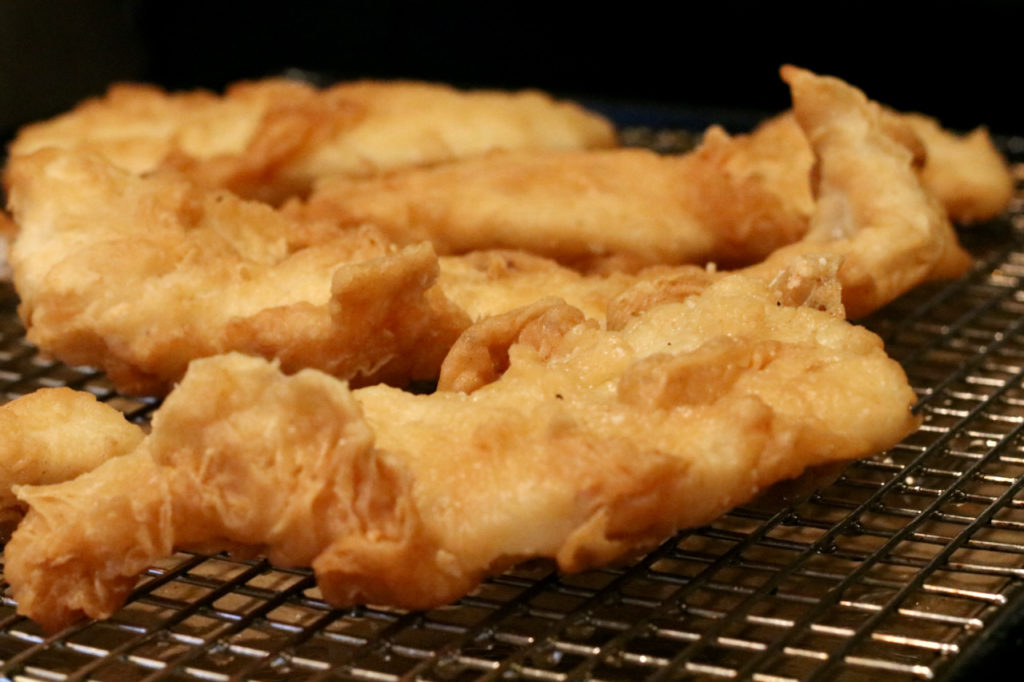
What I have learned is that there is only one way to ensure a crispy coating on the outside, and a moist, delicate fish on the inside. You have to make it yourself.
And after testing a wide variety of recipes, watching videos, and reading countless articles on the history of fish and chips, I finally found a great recipe the produces the perfect results. If you can follow directions, you can make these fish & chips.
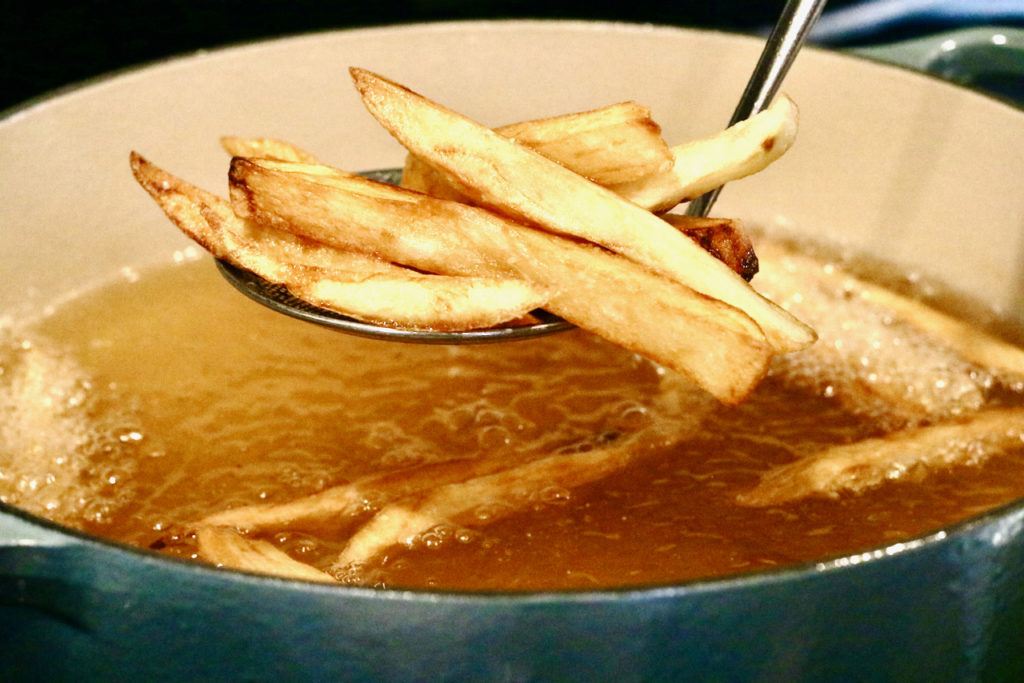
Nanny’s Traditional English Chip Recipe
I found my now treasured fried fish recipe in the America’s Test Kitchen archives, and while their fish recipe is great, the chip recipe was not up to my standards. They cook their potatoes in the microwave and this is far (very far!) from traditional. This is not what I was looking for when trying to achieve a traditional fish & chip experience. I prefer to make my chips just as I was taught from my husband’s English grandmother, Gladys. We all called her Nanny and she would want you to as well.
Nanny made her chips for over 90 years so why mess with perfection? Her method is rustic, and involves hand peeling the potatoes imprecisely- that is to leave some of the skin on the potato. The thickness of the chips is also imprecise, but should be about 1/2 inch thick. As a child, my husband Brett, would watch her expertly peel and cut the potatoes with a pairing knife, dropping the chips into the fresh water as they were cut, removing the starch, eagerly awaiting the time they would be fried. Nanny would then pat the chips dry on tea towels and ready them from frying.
Gladys hand style chips are simply the best. They are the right shape and thickness, and brown beautifully when fried. Don’t mess with a good thing.
When frying Fish & Chips, I prefer to work two separate pots of oil to ensure the potato flavor is not influenced by the fish oil. However, its a personal choice and I am sure many people fry both the fish and the chips in the same oil.
The Real Secret to Success is Temperature
If you really want to take your frying game for fish & chips, or frying anything, to the next level, then I HIGHLY RECOMMEND getting a Thermoworks Dot and probe. This tool can be used to monitor the exact temperature of the oil throughout the cooking process, which can fluctuate greatly when frying. For example, you could set the oil temperature to 375°F, but once you drop anything into the oil, it WILL drop. Monitoring the temperature with a Dot allows you to adjust your heat control accordingly to get it back up to the right temperature and maintain it while frying until golden brown.
If frying in batches be sure to wait for the temperature to reach 375° again before dropping.
Pro Tip:
Use the Right Tools to get the Job Done Right
Fish & Chips is a very nostalgic dish and if you take a moment to read some of the comments that have been sent in from folks who have tried this recipe, you’ll start to understand how special this recipe really is.
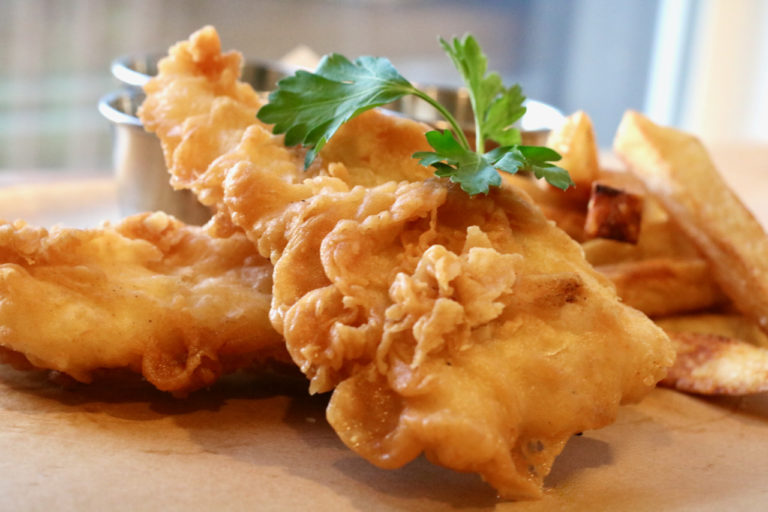
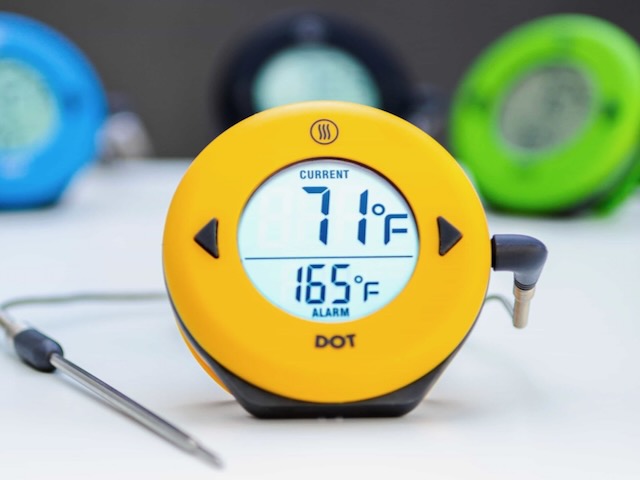
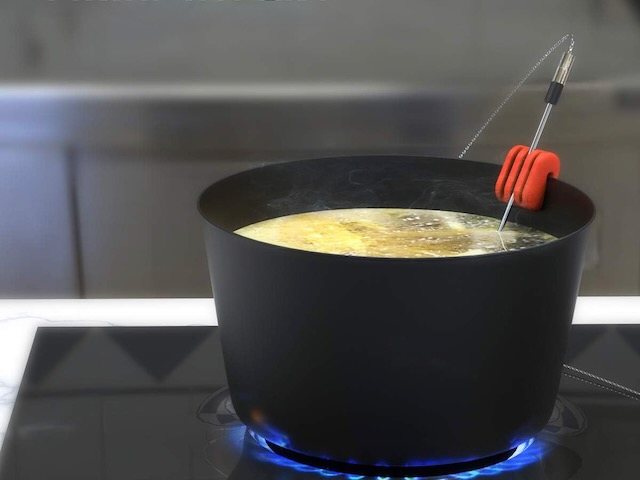
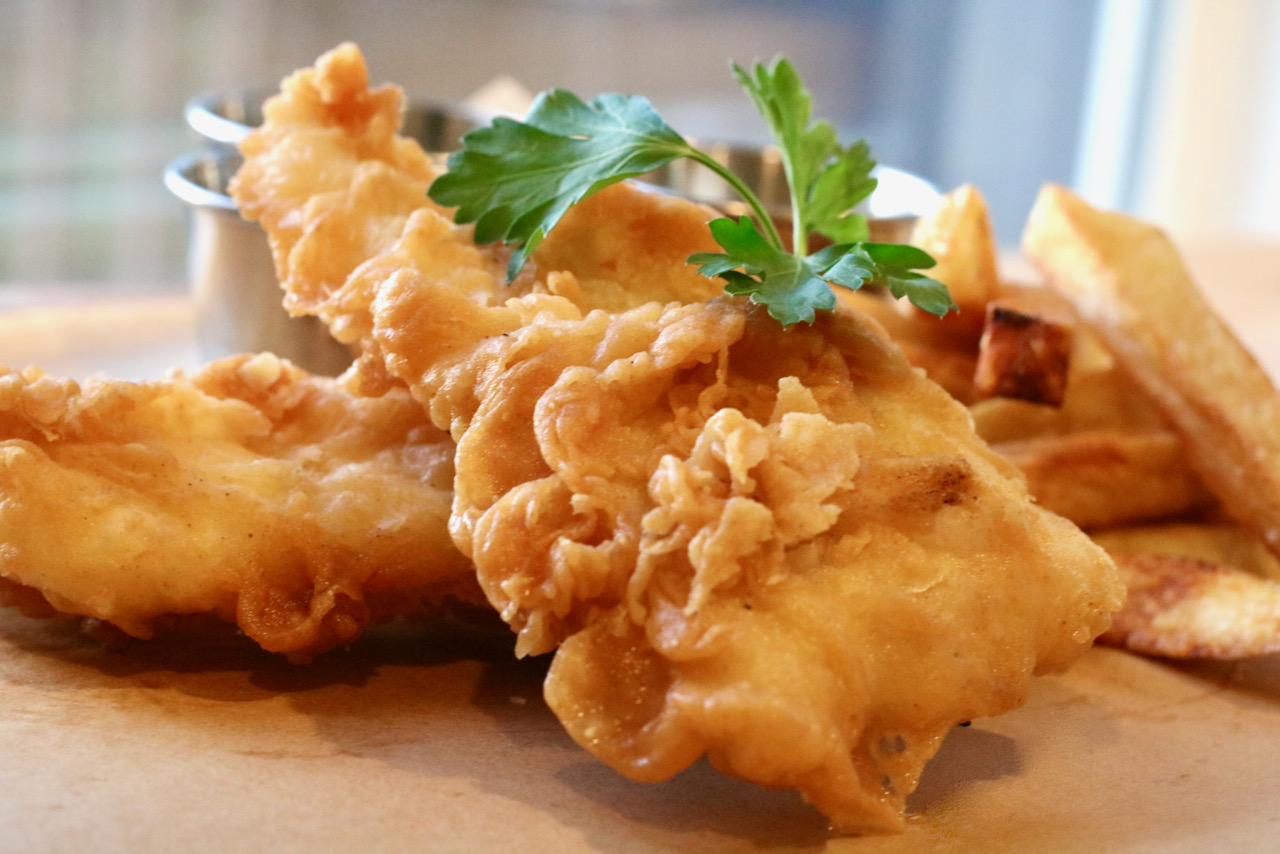
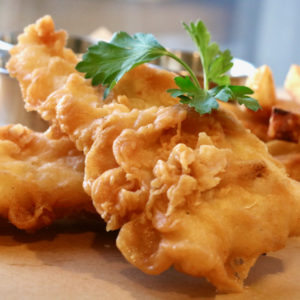
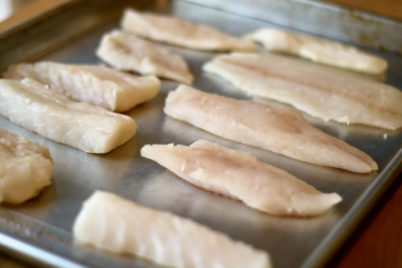
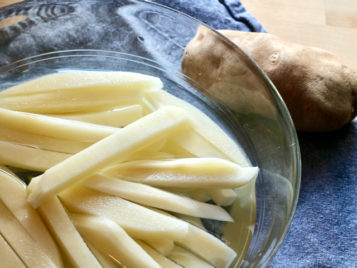
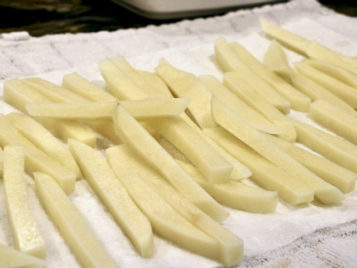
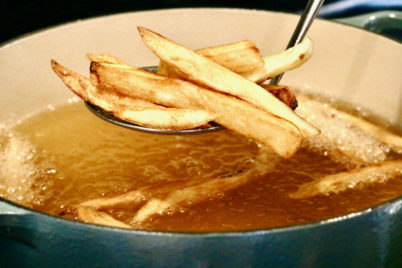
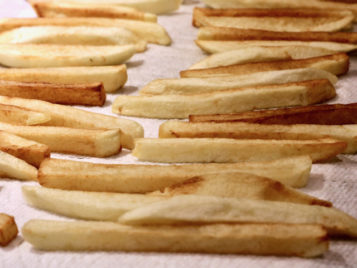
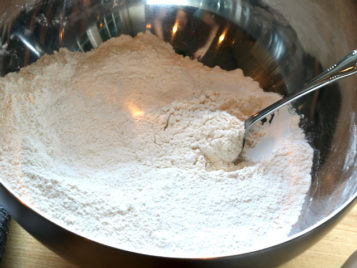
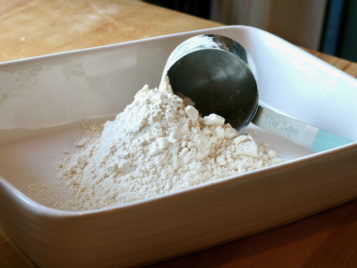
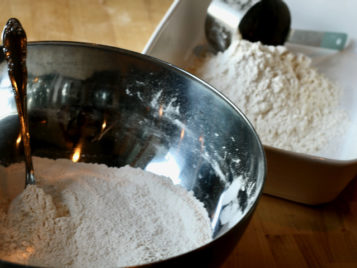
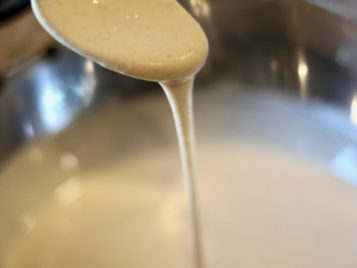
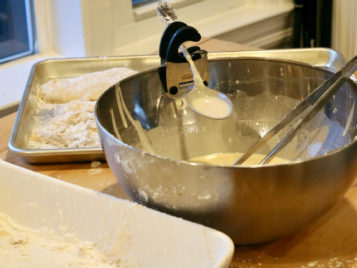
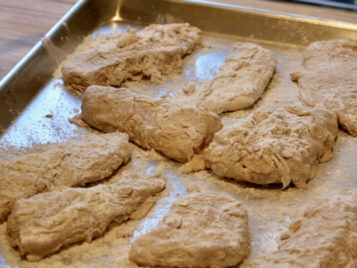
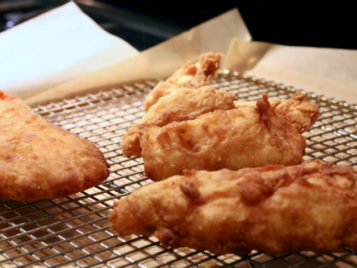
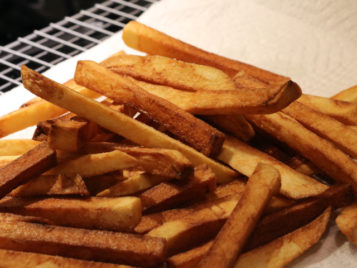
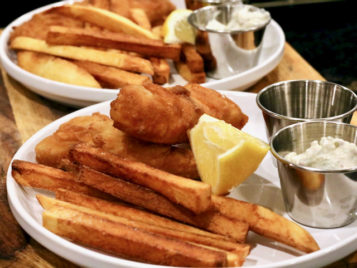
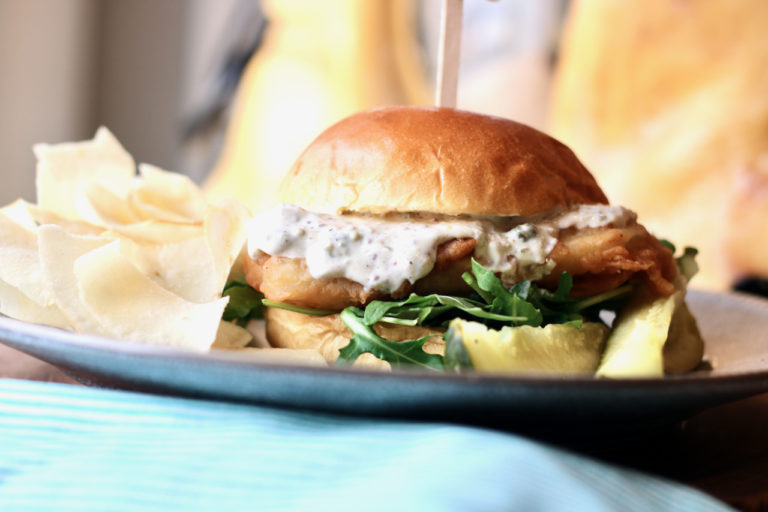
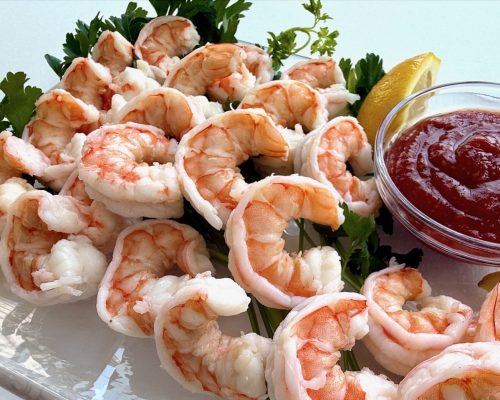
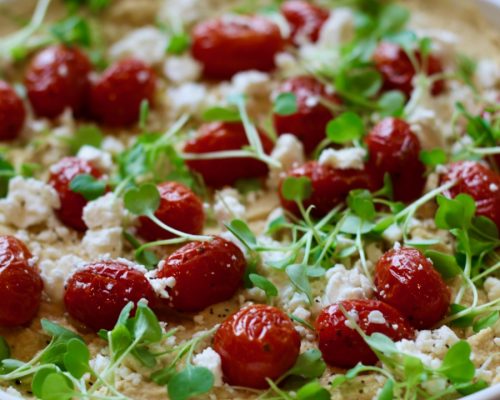
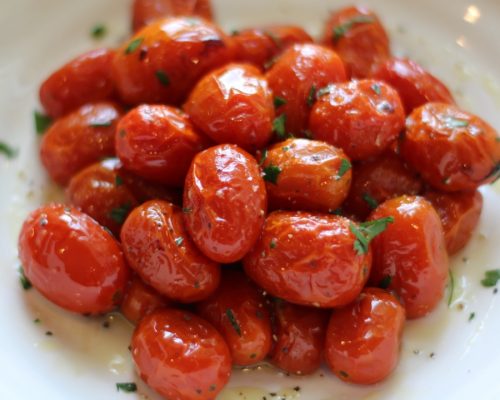
17 thoughts on “The Best Fish and Chips”
Made this tonight – perfection! Exactly what I was looking for and tasted sooooo good. Big hit with the rest of the family as well – THANK YOU!
You made my day- so happy to hear!
I grew up in the Scottish town of Kearny, NJ where Fish & Chip shops were everywhere, so I am a Fish & Chip-aholic! Having moved away many years ago, I’ve been searching for a wonderful recipe to make it myself. I used a recipe last week, and it tasted good but was not crispy on the outside. This recipe sounds delicious, so I’m going to try it this coming weekend. Can’t wait!!!!
Two years ago, I spent a week in Scotland and ate Fish & Chips seven (7) nights in a row! Never tire of it!!!!
Since I can remember my mother made fish and chips. Being English and working in my Grandad’s chip shop she had the recipe memorized. Fast forward to today and dementia has claimed that recipe. I learned sourdough at my dad’s side but never the fish and I am grieving it’s loss. Hopefully I will be able to create something close with this.
Your story resonates deeply with my husband and I. A similar story inspired our journey to find the perfect fish and chips like he had as a boy in England with his grandparents. I wish you well on your journey- Food can be very nostalgic and therapeutic. Just remember to keep it fun and share the good memories with the good food!
I’ve waited 30 years for this recipe. I’ve tried countless F&C batter recipes and NONE have been satisfactory. I did yours with not only cod but with shrimp as well. Fried everything in 3 batches and the fish and shrimp stayed glass brittle crunchy from the first fry all the way through dinner and beyond. This will be the only recipe that I’ll use for fish. Can’y wait to try it on crappie and rock cod! Thanks!
I am so happy you had the exact same experience! The first time I made it I wanted to stand up and shout out… “finalllllly!” The only down side is the mess but there is no getting away from that!
Soooo good! I used a deep fryer recently received as a gift, but having used oil in a pot before, I might try that next time instead. The fish was delectable and stayed crispy, which was fantastic. My British-born husband declares it a hit!
WOW! Oh My Goodness this is wonderful. Yes, it’s messy but so worth it. The fish is so crispy and crackly even after refrigerating the leftovers. It reheats beautifully. You can’t get decent Fish N Chips near me so Thank You So Much for sharing your recipe.
I’ve never been good at frying…but you promised us that if we followed your instructions, we would have authentic Fish and chips, so I tried it.
It was easy, just a little messy, and absolutely perfect. Thank you so much for teaching us this recipes.
Hi Laurie!
Thank you SO much for taking the time to share your feedback. It brings such a genuine smile to my heart to hear about successful fish & chip experiences! It’s a very important recipe to me and I just love being about to share it! Cheers!
This was delicious. First time making fish and chips,instructions were ideally laid out, nice write up beforehand and perfect outcome. Thank you!!! Keith
Thank you so much for taking the time to share your feedback! I am so glad you enjoyed it 🙂
The Best Fish and Chips Recipe – no lie. Fantastic. Thank you.
I made the fish part of thos recipe and it turned out great. Recently, took my son out on his first charter fishing boat and we caught lots of Lingcod and rockfish. So, I needed something for the rockfish and this looked good and easy to follow. I did add a little bit garlic and I used smoked paprika. It was a very messy recipe as I knew it would be, but well worth it. Thanks for the recipe. Now, I still have 30+ filets left.
I made this tonight, absolutely perfect. I added some chives from the garden. I am 70 years old and fashion myself a pretty good cook but I have never got the fish this good. Fries were delicious also.